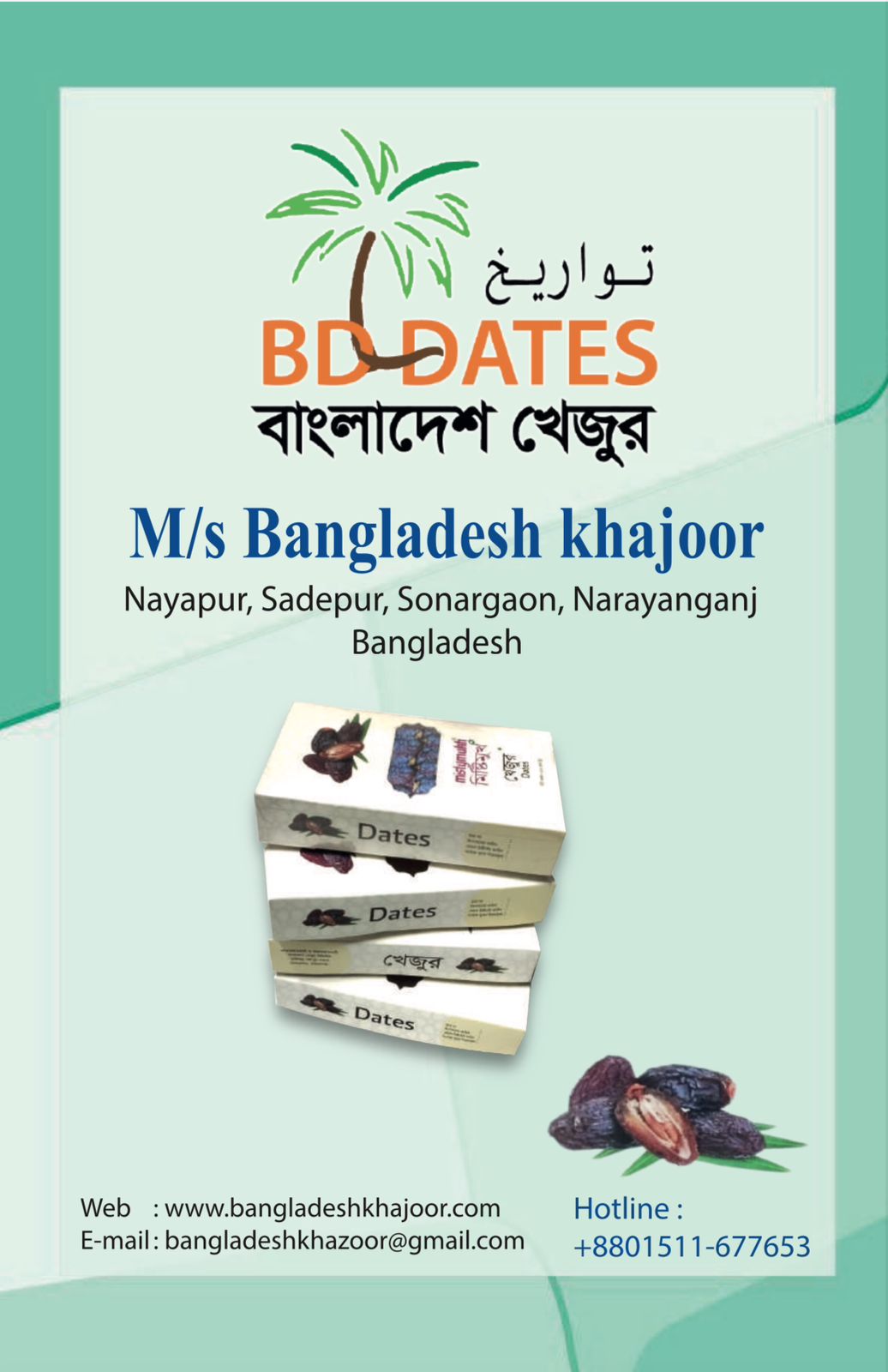Roselle /Chukur
Common name: Roselle, Hibiscus, Jamaica sorrel, Red sorrel, Siam Jute
Bangla Name / বাংলা নাম : চুকর,মেস্তাপাট(Chukur,Chukair,Mestapat,Chukar)
Botanical name/Scientific Name(s): Hibiscus sabdariffa L.
Family: Malvaceae (mallows)
Synonyms : Hisbiscus digitatus Cav.

Description :
Origin and Distributuion: A native species of West Africa cultivated in tropical and subtropical countries in the world. Roselle become native from India to Malaysia, where it is commonly cultivated and must have been carried from Africa. In and in many areas of the West Indies and Central America has become naturalized.
Habitat:
Roselle is very sensitive to frost. It succeeds best in tropical and subtropical regions from sea-level up to 3,000 ft (900 m) with a adequate rainfall during its growing season It requires rainfall averaging about 10 inches (25 cm) each month throughout the growing season. Where rainfall is inadequate, irrigation has given good results. It can be grown as a summer crop in temperate regions. The fruits will not ripen, but the herbage is usable.
It is an annual or perennial herb or woody-based subshrub, grows upto 2–2.5 m (7–8 ft) tall. The leaves are deeply three- to five-lobed, 8–15 cm (3–6 in) long, arranged alternately on the stems.
The flowers are 8–10 cm (3–4 in) in diameter, white to pale yellow with a dark red spot at the base of each petal, and have a stout fleshy calyx at the base, 1–2 cm (0.39–0.79 in) wide, enlarging to 3–3.5 cm (1.2–1.4 in), fleshy and bright red as the fruit matures. It takes about six months to mature.

USES:
In many tropical areas Roselle used for sauces, jellies, preserves, and chutneys; the leaves and stalks are consumed as salads or cooked vegetables and used to season curries, and in Africa the oil-containing seeds are eaten.
Drinks/Tea made from Roselle is popular in many parts of the world like Asia,Africa,Caribbean,Mexico.Even in USA and Europe Roselle drink/tea is available.
In some places, the plant is primarily cultivated for the production of bast fibre from the stem of the plant. The fibre may be used as a substitute for jute in making burlap,carpet,Cordage,tapes,upholstery,drapes,wall coverings,ropes,cable core etc.The woody stem is used for making low grade paper and as fuel. Edible oil also extracted from the seeds.
The red calyces of the plant are increasingly exported to the United States and Europe, where they are used as food colourings
 Medicinal Uses: In India, Africa and Mexico, all above-ground parts of the roselle plant are valued in native medicine. Infusions of the leaves or calyces are regarded as diuretic, cholerectic, febrifugal and hypotensive, decreasing the viscosity of the blood and stimulating intestinal peristalsis. Pharmacognosists in Senegal recommend roselle extract for lowering blood pressure
Medicinal Uses: In India, Africa and Mexico, all above-ground parts of the roselle plant are valued in native medicine. Infusions of the leaves or calyces are regarded as diuretic, cholerectic, febrifugal and hypotensive, decreasing the viscosity of the blood and stimulating intestinal peristalsis. Pharmacognosists in Senegal recommend roselle extract for lowering blood pressure
Although it has a variety of claims medicinally, it appears to have evidence to support its role in reducing blood pressure in persons with elevated blood pressure. It may be this through ACE inhibitory potential (although this is admittedly weak) or benefitting the endothelium via Nitric Oxide related mechanisms (appears to be in better accordance with the amount of anthocyanins that reach the blood). Reductions in both diastolic and systolic blood pressure have been noted, and for the most part appear to be reliable in presence although not so much in magnitude of benefit (i.e. blood pressure is reliably reduced, but the degree of reduction seems to vary).
In regards to diabetes and blood glucose control, Roselle appears to have limited evidence to support these claims but the evidence is so far in support.
The interactions of Roselle and weight loss are not too clear-cut, and it seems to be highly intertwined with studies on Roselle toxicity; Roselle is known to be toxic in higher doses, and weight loss more often than not precedes chronic toxicity.
Low doses of Roselle tea or supplements appear to be effective in reducing blood pressure, and may be anti-diabetic. It is unlikely that Roselle can cause weight loss independent of a reduction of appetite
Higher doses of Roselle do exert toxic effects, although none of these toxic effects have been reported in humans (that being said, they have not conclusively been disproven either). It would be prudent to avoid taking too much Roselle, especially since many benefits of Roselle (elaborating on in complete summary) are not dose-dependent above the lowest observable toxic dose of 2.2g/150lb human

An evaluation of the hypolipidemic effect of an extract of Hibiscus Sabdariffa leaves in hyperlipidemic Indians shows:
Body weight, serum LDL cholesterol and triglyceride levels decreased in both groups, there were no significant differences between the experimental and placebo group.
It is likely that the observed effects were as a result of the patients following the standard dietary and physical activity advice. At a dose of 1 gm/day, hibiscus sabdariffa leaf extract did not appear to have a blood lipid lowering effect.
| Raw Roselle Nutritional value ( Per 100 g (3.5 oz) | |
| Energy | 205 kJ (49 kcal) |
| Carbohydrates | 11.31 g |
| Fat | 0.64 g |
| Protein | 0.96 g |
| Vitamins | |
| Vitamin A equiv. | (2%)14 μg |
| Thiamine (B1) | (1%)0.011 mg |
| Riboflavin (B2) | (2%)0.028 mg |
| Niacin (B3) | (2%)0.31 mg |
| Vitamin C | (14%)12 mg |
| Trace metals | |
| Calcium | (22%)215 mg |
| Iron | (11%)1.48 mg |
| Magnesium | (14%)51 mg |
| Phosphorus | (5%)37 mg |
| Potassium | (4%)208 mg |
| Sodium | (0%)6 mg |

Phytochemicals :
The plants are rich in anthocyanins, as well as protocatechuic acid. The dried calyces contain the flavonoids gossypetin, hibiscetine and sabdaretine. The major pigment, formerly reported as hibiscin, has been identified as daphniphylline. Small amounts of myrtillin (delphinidin 3-monoglucoside), Chrysanthenin (cyanidin 3-monoglucoside), and delphinidin are also present. Roselle seeds are a good source of lipid-soluble antioxidants, particularly gamma-tocopherol
Reference and further reading :
1.Traditional Uses of Ethnomedicinal Plants of the Chittagong Hill Tract – Bangladesh National Herbarium
2 .Wikipedia
3. Flowersindia.net
4 .http://www.hort.purdue.edu/
5. http://www.biomedcentral.com
6. Indian Medicinal Plant – C.P. Khare
















